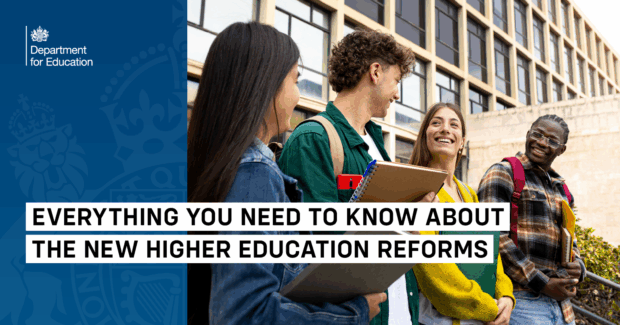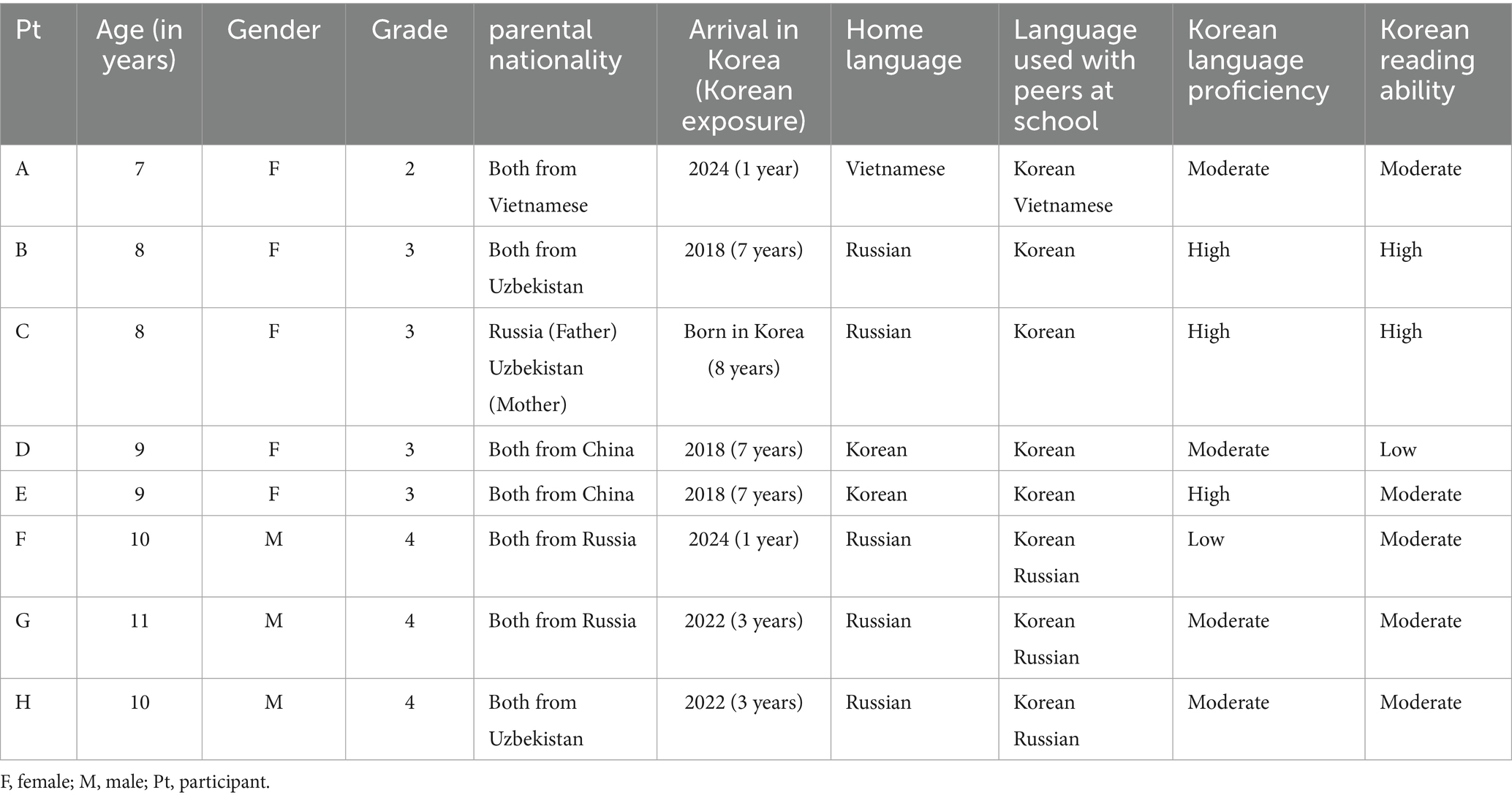Report on UK Higher Education Reforms and Alignment with Sustainable Development Goals
Introduction: A Strategic Framework for Inclusive and Quality Education
The UK government has announced significant reforms to the higher education sector, detailed within the Post-16 Education and Skills White Paper. These changes are strategically designed to create a more accessible, equitable, and high-value system for students. The reforms show a strong alignment with several United Nations Sustainable Development Goals (SDGs), primarily focusing on SDG 4 (Quality Education), SDG 10 (Reduced Inequalities), and SDG 8 (Decent Work and Economic Growth).
Enhancing Accessibility and Reducing Inequality (SDG 4, SDG 10)
A central objective of the reforms is to remove financial barriers to higher education, directly addressing SDG 4.3, which calls for equal access to affordable tertiary education, and SDG 10, which aims to reduce inequality. Key measures include:
- Increased Financial Support: Maintenance loans will increase annually in line with forecast inflation, ensuring that student financial support retains its value against rising living costs. This measure is critical for making education accessible to all.
- Targeted Grants for Low-Income Students: The reintroduction of maintenance grants, which do not require repayment, provides direct financial assistance to students from the lowest-income households. This policy is a direct intervention to support SDG 10 by ensuring economic status does not preclude educational opportunity.
- Sustainable Funding Model: The new grants will be funded via a charge on international student fees, creating a support system for domestic students without placing an additional burden on the taxpayer.
Upholding Quality and Value in Education (SDG 4)
To ensure that higher education provides tangible value and maintains high standards, the reforms introduce mechanisms that directly support the objectives of SDG 4. These initiatives are designed to hold institutions accountable for student outcomes.
- Conditional Tuition Fees: While tuition fee caps will rise with inflation to ensure institutional financial stability, the ability to charge the maximum fee will be restricted to universities that achieve high-quality ratings. This links funding directly to the delivery of quality education and positive student experiences.
- Strengthened Regulatory Oversight: The Office for Students (OfS) will be granted new powers to enforce high standards and ensure providers deliver good student outcomes and satisfaction. The OfS will be empowered to take swift action against underperforming courses, safeguarding student investment.
- System Integrity: The government will take action to curb abuse of the system by recruitment agents, further ensuring a fair and transparent admissions process for all students.
Promoting Lifelong Learning for Sustainable Futures (SDG 4, SDG 8)
The reforms introduce a flexible framework for lifelong learning, acknowledging that education is a continuous process essential for economic adaptation and growth. This aligns with SDG 4.4 (skills for employment) and SDG 8 (decent work and economic growth).
- Lifelong Learning Entitlement (LLE): The new LLE will enable individuals to learn, retrain, and upskill at any point in their lives, fostering a culture of continuous personal and professional development.
- Flexible Learning Pathways: Learners will have the ability to move between different institutions, such as universities and colleges, to build qualifications over time. This modular approach moves away from the traditional three-year degree model, offering greater flexibility.
- Intermediate Qualifications: The government is exploring the introduction of “break points” within degrees. This would allow students to gain recognised qualifications at various stages of their studies and return later to complete a full degree, providing more adaptable pathways into the workforce.
Conclusion: Aligning Higher Education with Global Sustainability Goals
The proposed reforms represent a concerted effort to create a higher education system that is fairer, more flexible, and of a higher quality. By increasing financial support for the most vulnerable, strengthening quality assurance, and embedding lifelong learning opportunities, the government is aligning the sector with key Sustainable Development Goals. These changes aim to ensure that higher education acts as a powerful engine for social mobility and sustainable economic growth, contributing directly to the global agenda for Quality Education (SDG 4) and Reduced Inequalities (SDG 10).
Analysis of Sustainable Development Goals in the Article
-
Which SDGs are addressed or connected to the issues highlighted in the article?
The article primarily addresses two Sustainable Development Goals (SDGs):
- SDG 4: Quality Education: The entire article is focused on reforms in higher education. It discusses measures to ensure inclusive and equitable quality education and promote lifelong learning opportunities. Specific phrases like making university “fairer, and better value for students,” delivering “high-quality courses,” and introducing a “Lifelong Learning Entitlement” directly align with the core mission of SDG 4.
- SDG 10: Reduced Inequalities: The article highlights efforts to reduce financial barriers to education, which is a key aspect of reducing inequality. The text explicitly mentions that “Students from the lowest-income households will see the biggest increases in cash support” and that the government aims to “ensure that no student is priced out of higher education.” These policies are designed to reduce inequalities in access to opportunities based on economic status.
-
What specific targets under those SDGs can be identified based on the article’s content?
Based on the article’s content, the following specific SDG targets can be identified:
- Target 4.3: “By 2030, ensure equal access for all women and men to affordable and quality technical, vocational and tertiary education, including university.” The article directly supports this target by outlining plans to make university “more accessible” through increased maintenance loans and the reintroduction of “targeted maintenance grants” for those who need them most, thereby addressing the affordability and access components of tertiary education.
- Target 4.4: “By 2030, substantially increase the number of youth and adults who have relevant skills… for employment, decent jobs and entrepreneurship.” The introduction of the “Lifelong Learning Entitlement (LLE)” is a direct measure to support this target. The article states the LLE will “make it easier for people to learn, retrain or upskill at any stage of life,” which is central to increasing the number of adults with relevant skills.
- Target 10.3: “Ensure equal opportunity and reduce inequalities of outcome…” The reforms described in the article are policies aimed at ensuring more equal opportunities. By providing targeted financial support, such as grants for “students from the lowest-income households,” the government is actively working to reduce inequalities of outcome by ensuring that a student’s economic background does not determine their ability to access higher education.
-
Are there any indicators mentioned or implied in the article that can be used to measure progress towards the identified targets?
Yes, the article mentions and implies several indicators that can be used to measure progress:
- Amount of financial support for students: The article explicitly mentions that “maintenance loans will increase each year in line with forecast inflation” and that “targeted maintenance grants” will be brought back. The value and distribution of these loans and grants, particularly to students from low-income households, serve as a direct indicator of progress towards making education affordable (Target 4.3).
- University quality ratings and student outcomes: The article states that the Office for Students (OfS) will ensure universities “maintain high standards and deliver good student outcomes and satisfaction rates.” This implies that “student satisfaction rates” and metrics for “good student outcomes” (such as graduate employment rates or further study rates) will be used as indicators to measure the quality of education provided (relevant to SDG 4).
- Participation in lifelong learning: The introduction of the “Lifelong Learning Entitlement (LLE)” implies a need to measure its uptake. The number of individuals utilizing the LLE to “retrain or upskill” would be a key indicator for measuring progress towards Target 4.4.
- Enrollment of students from low-income households: While not stated as a direct metric, the goal to “ensure that no student is priced out of higher education” implies that the enrollment and retention rates of students from the “lowest-income households” would be a crucial indicator of success in reducing inequality (Target 10.3).
Summary Table of SDGs, Targets, and Indicators
| SDGs | Targets | Indicators |
|---|---|---|
| SDG 4: Quality Education | Target 4.3: Ensure equal access for all to affordable and quality tertiary education. |
|
| SDG 4: Quality Education | Target 4.4: Substantially increase the number of adults who have relevant skills for employment. |
|
| SDG 10: Reduced Inequalities | Target 10.3: Ensure equal opportunity and reduce inequalities of outcome. |
|
Source: educationhub.blog.gov.uk







